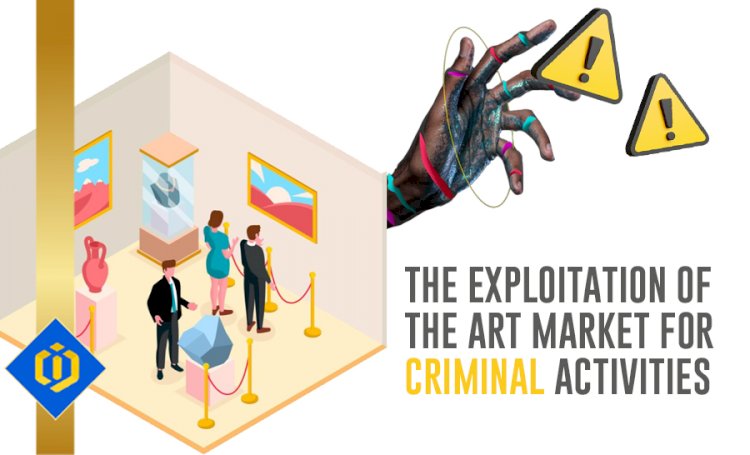How Is Art Being Exploited by Criminals?

Long used as a means of expression and creativity, art has more recently been used by criminals as a cover for their illegal activities. Criminals and criminal organizations take advantage of the art market to hide illegal assets, launder money, and send money across borders covertly.
Prices have significantly increased in the art market, especially for modern and contemporary works. Values for art can soar, and sales of works worth millions of dollars are not unusual. The art market offers a perfect opportunity for discreetly moving large sums of money, and criminals have realized this.
The process typically begins with a criminal obtaining money from illegal endeavors like drug trafficking, the sale of weapons, or money laundering. The criminal buys a pricey piece of art rather than putting this money into a bank account. The artwork is then offered for auction or sold to a buyer, frequently from another nation. It appears as though the sale proceeds from the art transaction are legitimate earnings because they are transferred to a bank account.
The practice of "art flipping" enables criminals to move sizable sums of money undetected. Following that, they can either invest it in legal assets or use it for legitimate transactions. The absence of regulation and transparency in the art market makes it a prime location for money laundering.
In addition, criminals can use art to hide their illicit assets. The simplicity of storing and moving expensive artwork makes it the perfect asset to conceal. With stolen money, criminals frequently buy works of art and hide them in safe places like safety deposit boxes or private collections.
Criminals also take advantage of the art market to transfer money across borders covertly. The art market is global, and different currencies are used for transactions. It can be challenging to track down the money's criminal origins because art transactions frequently involve middlemen or shell companies.
In order to identify and stop illegal activity in the art market, art dealers and auction houses have become more watchful. Due to the market's opaqueness and lack of regulation, this is a difficult task.
In conclusion, the art market has developed into a desirable tool for criminals to launder money, hide illicit assets, and send money across borders covertly. High-value artworks are used by criminals as a cover for their illegal activities and the international transfer of large sums of money. The lack of regulation and transparency in the art market makes it a desirable target for these kinds of activities. Authorities and regulators must work together to keep an eye on the art market and stop it from being used for illegal activities.
Author: Pooyan Ghamari, Swiss Economist

 content-team
content-team 


















